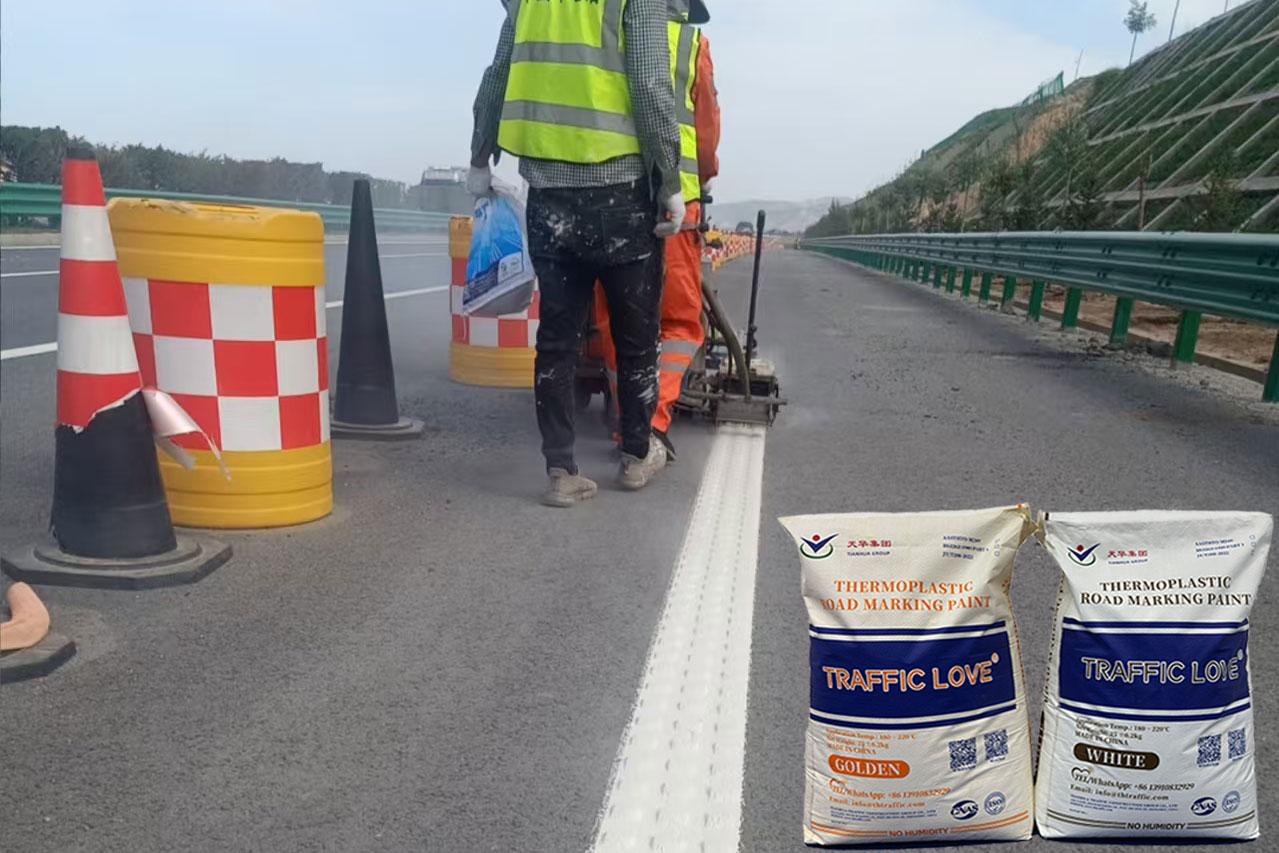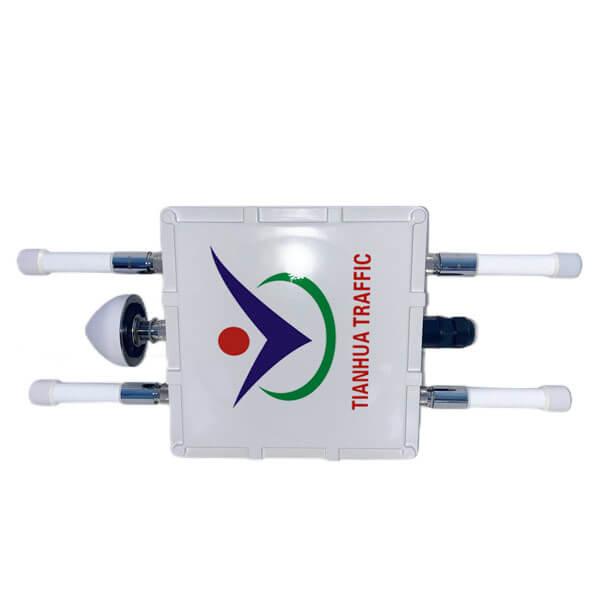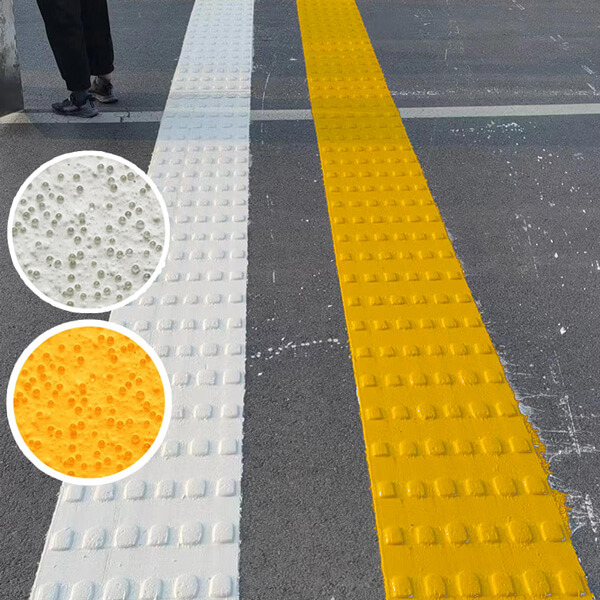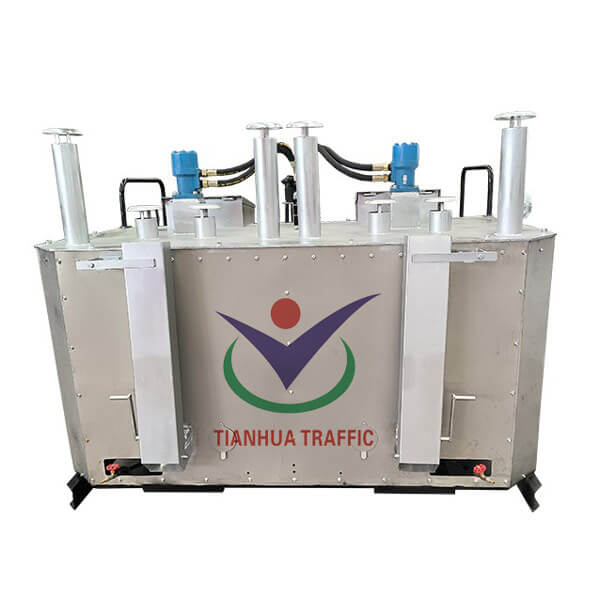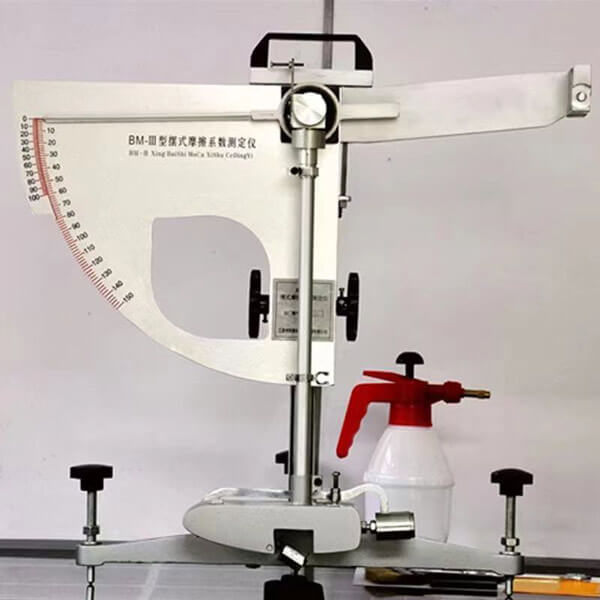Understanding Road Marking Standards in Different Countries
Why Road Marking Standards Differ by Region
Road marking guidelines vary significantly around the world due to local factors. Climate plays a big role – paint must withstand tropical heat or arctic cold, heavy rain or desert sun. Traffic conditions also differ: highways, heavy truck routes, and dense city streets demand stronger durability and different visibility levels. Finally, regulations and safety norms are set by national agencies, which reference local or international standards. The combination of climate, traffic load, and regulatory priorities leads countries to adopt different specifications for color, reflectivity, thickness, and skid resistance.
- Climate and environment: Regions with frequent rain, snow, or UV exposure may require special formulations for color retention and skid resistance.
- Traffic volume and speed: Highways and busy roads demand thicker, more reflective markings than low-traffic streets.
- Regulatory frameworks: Each country’s transportation authority or standards body prescribes performance tests that reflect local safety goals.
Major Road Marking Standards and Their Requirements
United States (AASHTO): Typically governed by AASHTO M249, specifying binder content, glass bead percentage, reflectivity, thickness, and skid resistance.
United Kingdom (BS 3262): Focuses on composition, color stability, and performance similar to EN 1436. Used widely in British Commonwealth countries.
European Union (EN 1436): Ensures visibility with specific values for luminance, retroreflectivity, and skid resistance.
Australia/New Zealand (AS/NZS): Standards like AS/NZS 4049 and AS/NZS 1906 emphasize durability, bead quality, and wet/dry visibility.
Malaysia (MS 164): Requires defined reflectivity, color brightness, and slip resistance for urban and highway use.
Saudi Arabia (SASO): Adopts international-style test methods to verify paint quality, reflectance, and thickness.
Other Regions: South America, Africa, and Southeast Asia often align with AASHTO, EN, or British standards, depending on historical and trade preferences.
Comparison of Key Requirements by Region
| Region/Standard | White RL (mcd·lx⁻¹·m⁻²) | Yellow RL (mcd·lx⁻¹·m⁻²) | Glass Beads (premix %) | Min. Dry Thickness | Skid Resistance |
| USA (AASHTO M249) | ≥200 | ≥150 | 30–35% | 2.3–3.0 mm | ≥45 |
| UK (BS 3262) | ≈200 | ≈150 | 30–40% | ≈3.0 mm | ≥45 |
| EU (EN 1436) | ≥200 | ≥150 | 30–40% | ≈2.5 mm | ≥45 |
| Malaysia (MS 164) | ≥90 | ≥65 | - | 0.2 mm (wet) | ≥45 |
Our Thermoplastic Paint Product
| Product Name | TRAFFIC LOVE |
| Type | Hot-applied Thermoplastic Road Marking Paint |
| Color | Bright White / Yellow (customizable) |
| Binder Content | ≥20% |
| Glass Beads (Premix) | 30–35% |
| Skid Resistance | ≥45 (SRT) |
| Coverage | ~3.0 mm dry film covers 3.5–4.0 m² per 25 kg |
| Package | 25 kg bags or jumbo ton bags |
| Compliance | AASHTO, BS 3262, EN 1436, MS 164 |
| Price | USD $260–$700 / ton |
| MOQ | 5 tons |
| Delivery Time | Approximately 30 days |
| Trade Terms | FOB, CIF, DDP, EXW |
Distributor Recruitment
We are actively seeking global distributors. Our policy includes exclusive regional representation, support with initial stock (ship first, pay later after stability), technical training, online marketing assistance, and an invitation to visit China for factory tours and sightseeing. If you have strong connections with government agencies, road authorities, or construction contractors, we welcome you to introduce potential clients to us. We offer a commission-based referral reward for each successful introduction.


